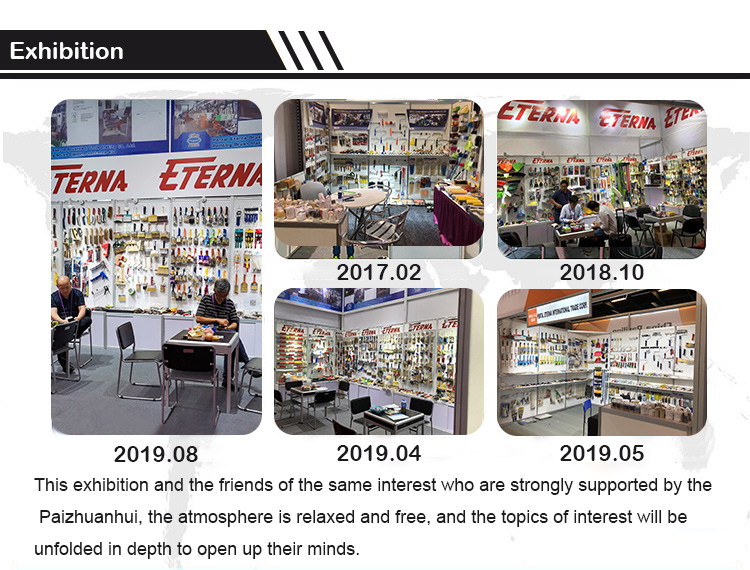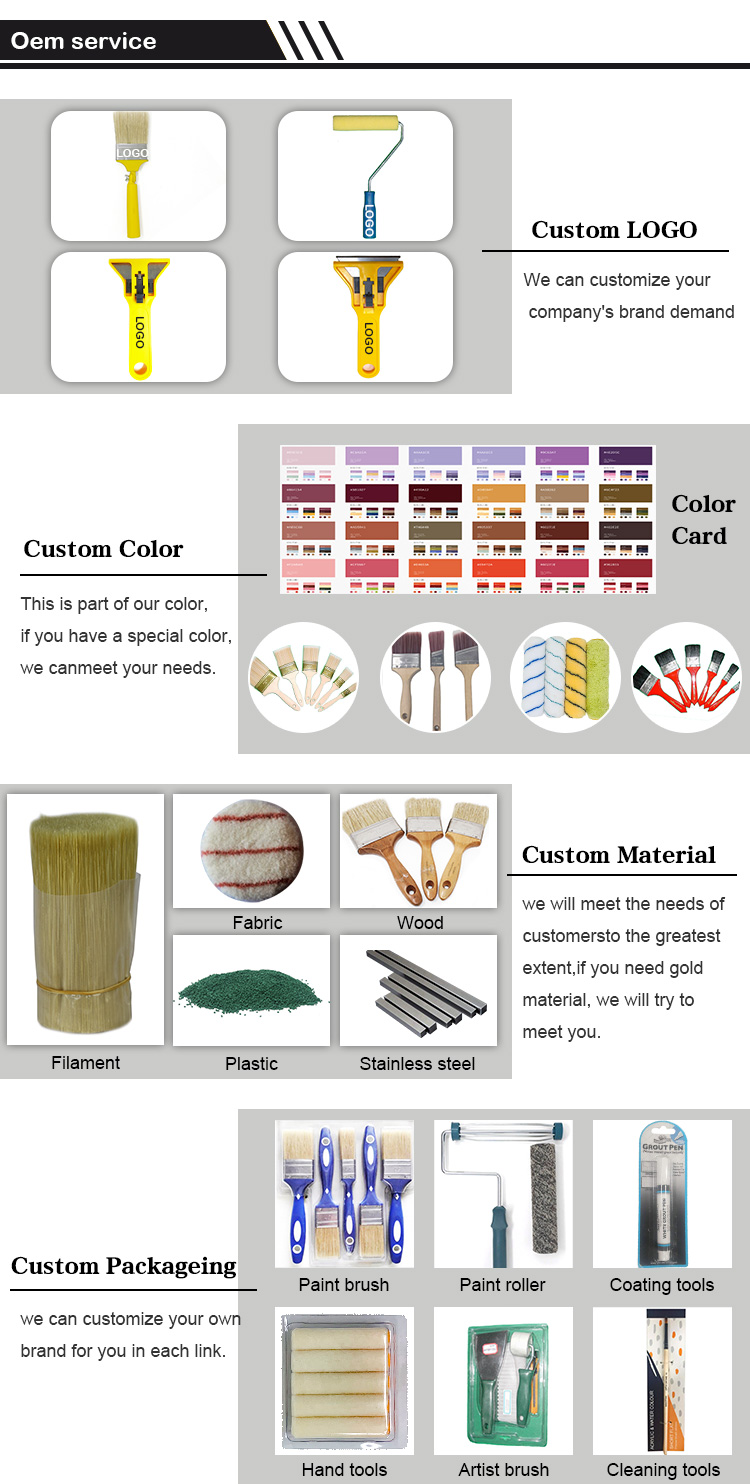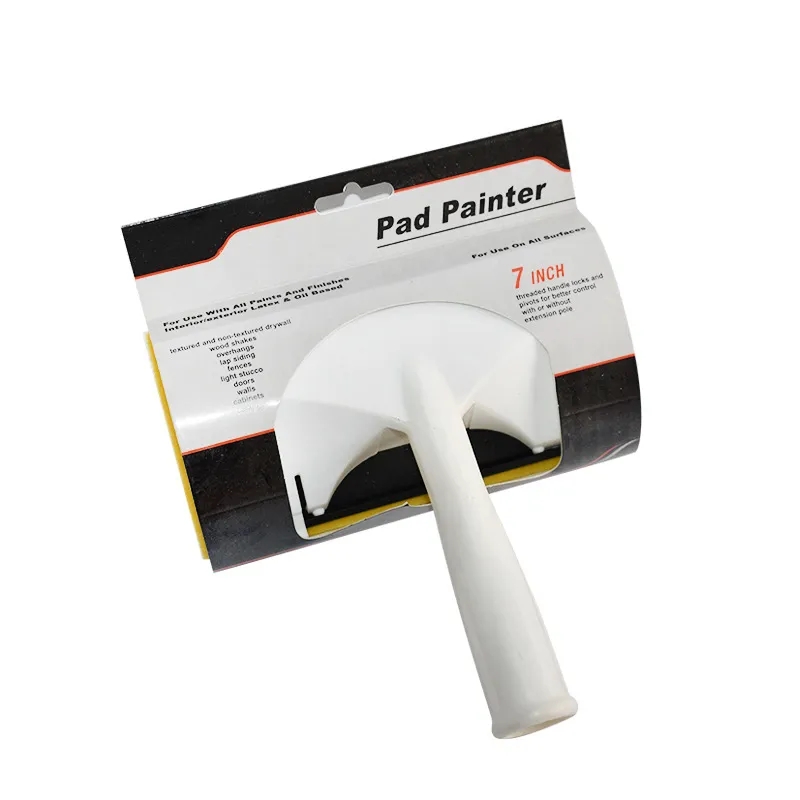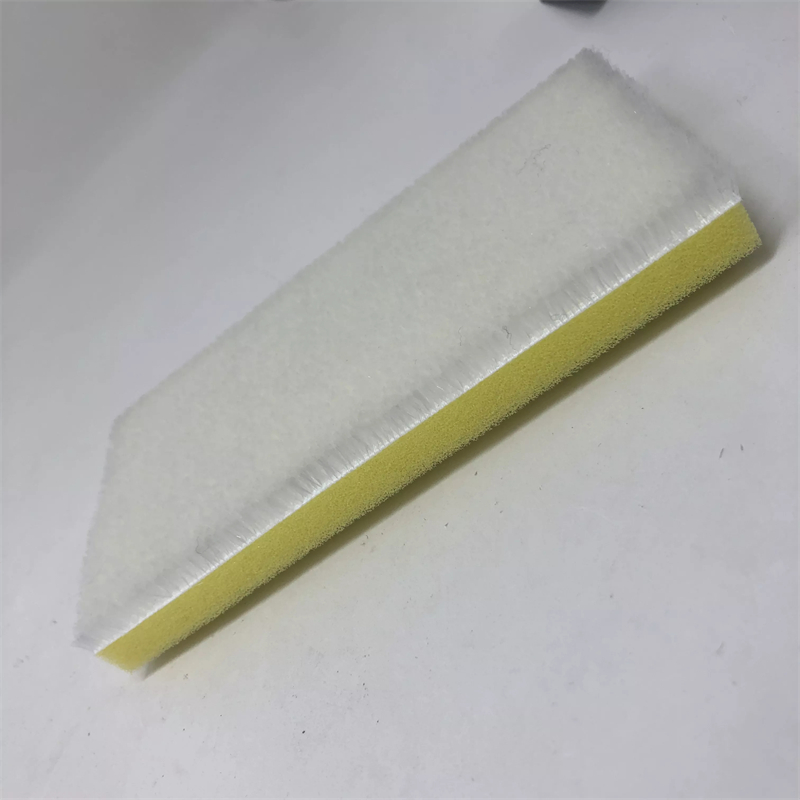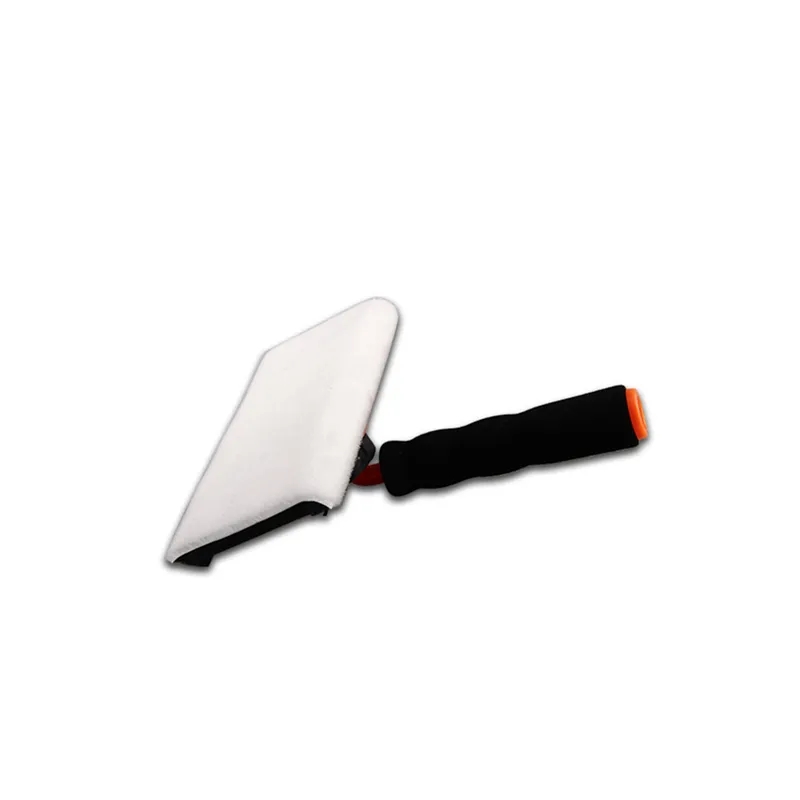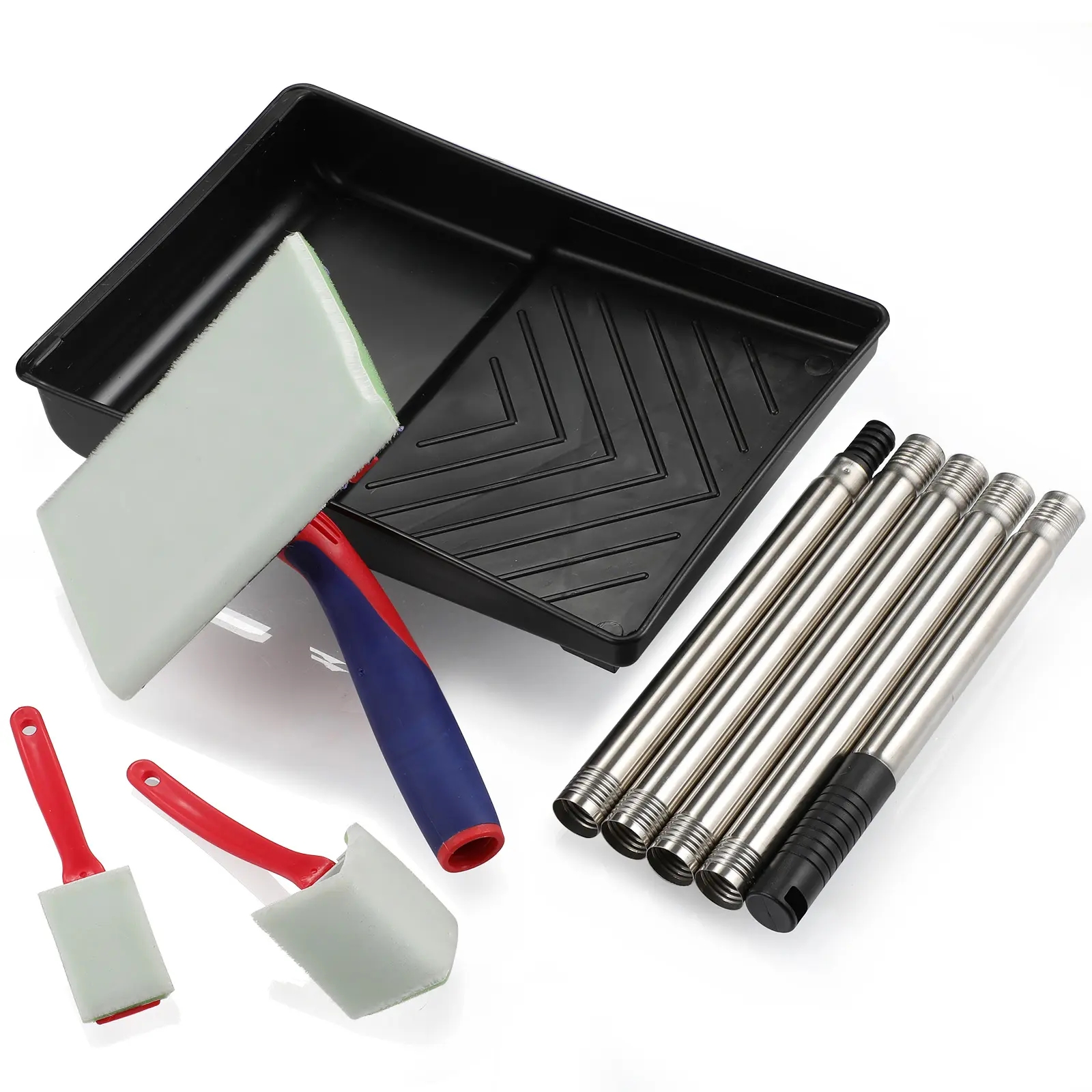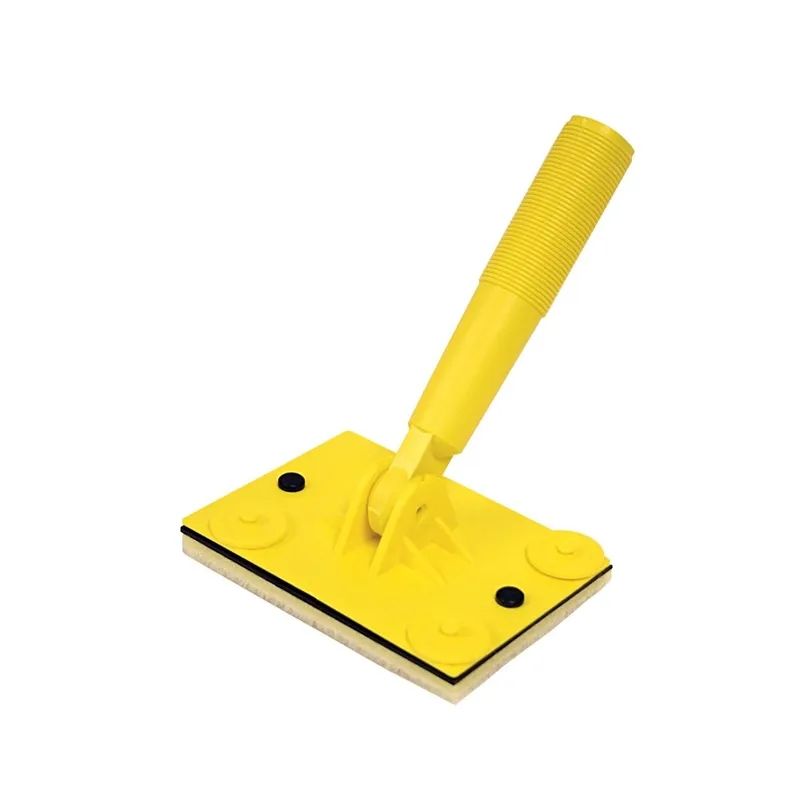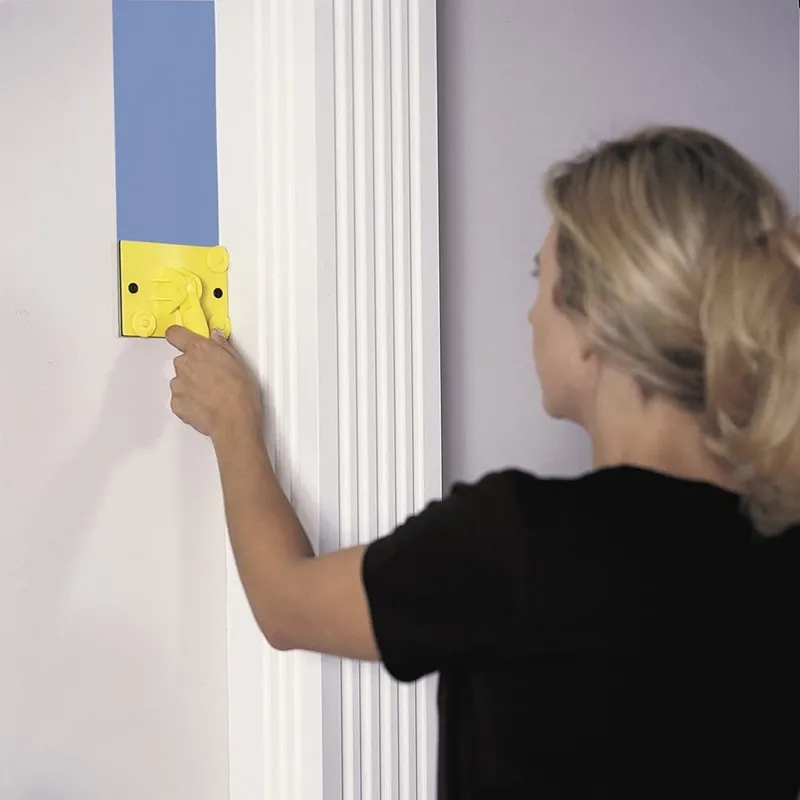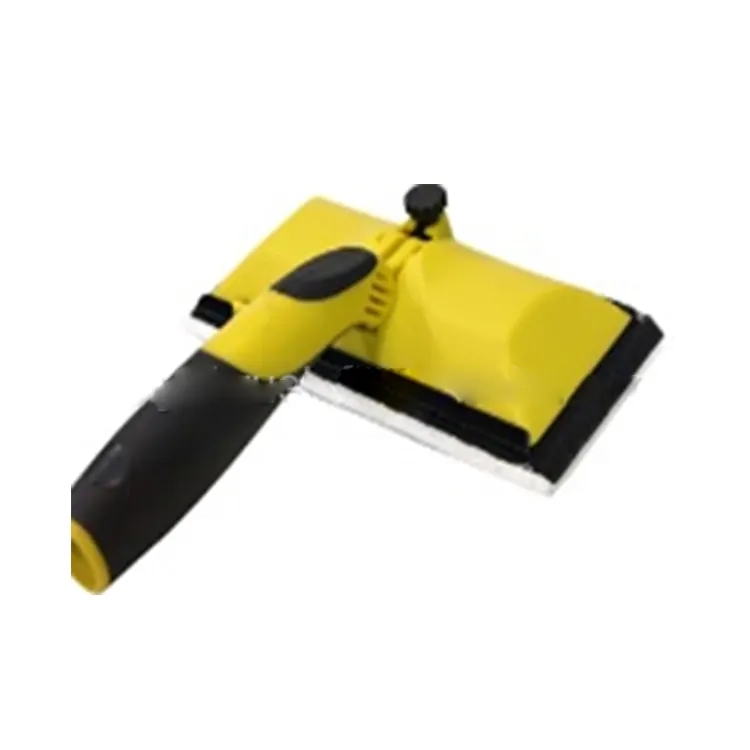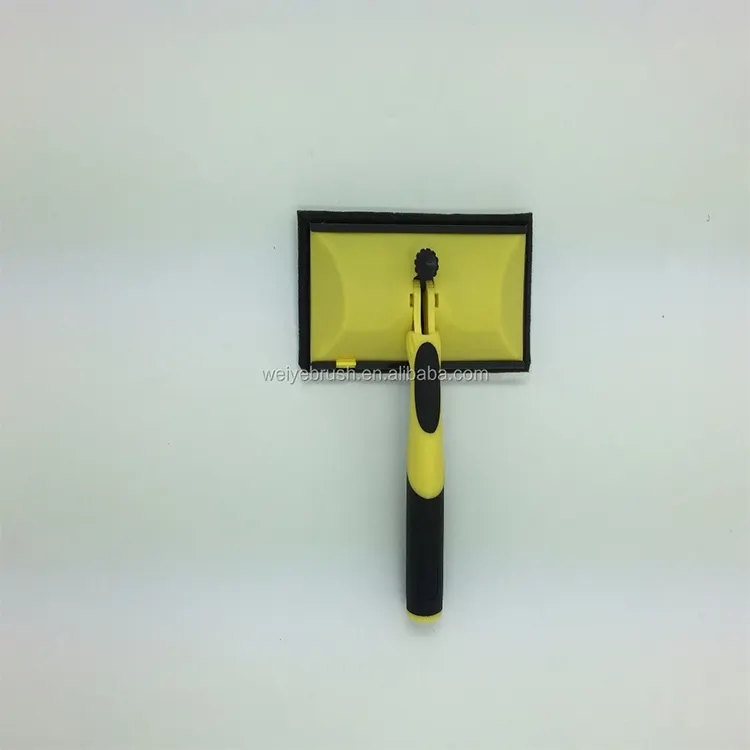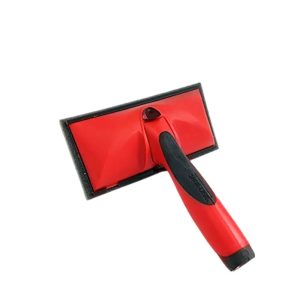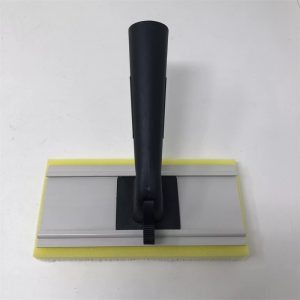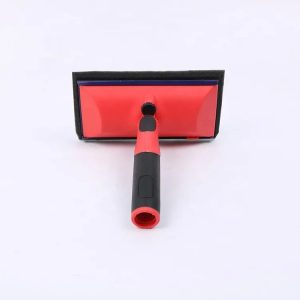I’m assuming you’re referring to a digital painting tool or software called “Paint Pad.” Digital painting tools offer various benefits compared to traditional physical painting methods. However, please note that “Paint Pad” might not be a widely recognized term, and there could be various software with similar names or descriptions. Here are some potential benefits of using digital painting tools:
- Versatility and Convenience: Digital painting tools allow artists to work on their creations without the need for physical supplies like paint, brushes, and canvases. This convenience is particularly useful for artists who may not have access to a dedicated studio space or prefer to work on the go.
- Undo and Edit Capabilities: One of the most significant advantages of digital painting is the ability to easily undo mistakes and make edits. This can save a lot of time and frustration compared to traditional painting, where corrections might require starting over.
- Wide Range of Tools: Digital painting software often provides a vast array of brushes, textures, colors, and effects that can be customized to suit an artist’s preferences. This allows for a diverse range of artistic styles and techniques.
- Layering: Digital painting tools allow artists to work in layers, much like stacking transparent sheets on top of each other. This makes it easier to separate different elements of a composition, apply adjustments individually, and experiment with different arrangements.
- Efficient Experimentation: Digital tools enable artists to quickly try out different techniques, color palettes, and compositions. This rapid experimentation can lead to creative breakthroughs and a deeper understanding of the artistic process.
- Digital Storage and Sharing: Art created digitally is easy to store, back up, and share online. Artists can keep high-resolution copies of their work without worrying about physical preservation.
- Cost Savings: While there might be an initial investment in a good-quality graphics tablet or pen display, digital painting can ultimately save money over time, as it eliminates the need to constantly purchase physical art supplies.
- No Drying Time: Traditional paints require time to dry before additional layers can be added. Digital painting eliminates this drying time, allowing for more continuous work.
- Non-Destructive Editing: Digital painting tools often offer non-destructive editing features, allowing artists to make changes without altering the original artwork. This is particularly useful for clients who might request revisions.
- Accessibility: Digital painting software can be more accessible to people with physical disabilities that might make traditional painting techniques challenging.
Remember that the effectiveness of any digital painting tool, including “Paint Pad,” will depend on its specific features, user interface, and compatibility with an artist’s workflow. If you’re considering using a particular software, it’s a good idea to research its features and read reviews from other artists to understand how well it meets your needs.
The term “Paint Pad” doesn’t refer to a widely recognized product or technology, so I’m not able to provide specific packaging methods for it. However, if you’re referring to packaging methods for a digital painting software or related product, here are some general packaging approaches that software companies might use:
- Digital Download: Many software products, including digital painting tools, are distributed as digital downloads. Customers purchase a license or subscription online and then download the software directly from the developer’s website. This approach eliminates physical packaging and shipping costs.
- Physical Media: Some companies still offer physical copies of software on DVDs or USB drives. These physical packages might include installation instructions, a license key, and any necessary documentation. However, this method is becoming less common due to the rise of digital distribution.
- Online Storefronts and Marketplaces: Software can be sold through various online platforms, such as app stores (e.g., Apple App Store, Google Play Store), e-commerce platforms (e.g., Amazon), or software-specific marketplaces (e.g., Adobe Creative Cloud, Corel Painter).
- Subscription Services: Many software products, especially creative tools like digital painting software, are offered on a subscription basis. Customers pay a regular fee to access the software and receive updates while the subscription is active.
- Bundled Offerings: Sometimes, software can be bundled with other products or services. For instance, a digital painting tool might be included as part of a creative software suite.
- Trial Versions: Developers often offer free trial versions of their software to let potential customers test the product’s features and functionality before purchasing. These trial versions can be downloaded from the developer’s website.
- Cloud-Based Solutions: Some software, including digital painting tools, operates in the cloud. Users access the software through a web browser, and the files they create are often stored online. This eliminates the need for traditional packaging methods.
- Licensing Keys: Regardless of the packaging method, software is often activated using a licensing key or serial number. This key is provided to the customer upon purchase and is required to unlock the full functionality of the software.
It’s important to note that the packaging methods can vary widely depending on the software developer, the type of software, and the target audience. As of my last update in September 2021, the digital distribution of software has become increasingly common due to its cost-effectiveness and efficiency. Always refer to the official website of the specific software you’re interested in to learn about its packaging and distribution methods.
It seems like you might be referring to a specific software or product named “Paint Pad.” However, without more context or information about this specific product, I can’t provide precise advantages. “Paint Pad” doesn’t appear to be a widely recognized term as of my last update in September 2021.
If “Paint Pad” is a digital painting software or a related product, the advantages could be similar to those of other digital painting tools. Here are some potential advantages of a digital painting software:
- Versatility: Digital painting software often offers a wide range of brushes, colors, and effects, allowing artists to experiment with various styles and techniques.
- Undo and Edit: Digital tools allow artists to easily undo mistakes and make edits without the limitations of traditional media.
- Layering: Layer support enables artists to work on different elements of a composition separately, making adjustments and edits more manageable.
- Non-Destructive Editing: Many digital painting tools offer non-destructive editing features, allowing changes to be made without altering the original artwork.
- Efficiency: Digital painting can be more efficient in terms of setup, cleanup, and storage compared to traditional painting methods.
- Cost Savings: Over time, using digital tools can be more cost-effective as it reduces the need to buy physical art supplies repeatedly.
- Accessibility: Digital painting can be more accessible to people with physical limitations or disabilities that might hinder traditional painting techniques.
- Instant Sharing: Artwork can be easily shared online with a global audience, fostering a sense of community and enabling artists to gain exposure.
- No Drying Time: Unlike traditional paints, digital paintings don’t require drying time between layers.
- Experimentation: Digital tools allow for rapid experimentation, enabling artists to try out different ideas and approaches without fear of wasting materials.
- Precise Control: Digital tools offer precise control over details and elements of the artwork.
- Quick Iterations: Artists can quickly iterate on their work, making changes and improvements without starting from scratch.
- Learning Opportunities: Digital painting tools often have tutorials and resources built in, which can help beginners learn and improve their skills.
- Customization: Many digital painting tools allow users to customize brushes, palettes, and other settings to match their preferences.
Please provide more information or context if you’re referring to a specific software or product called “Paint Pad,” so I can offer more tailored information.
